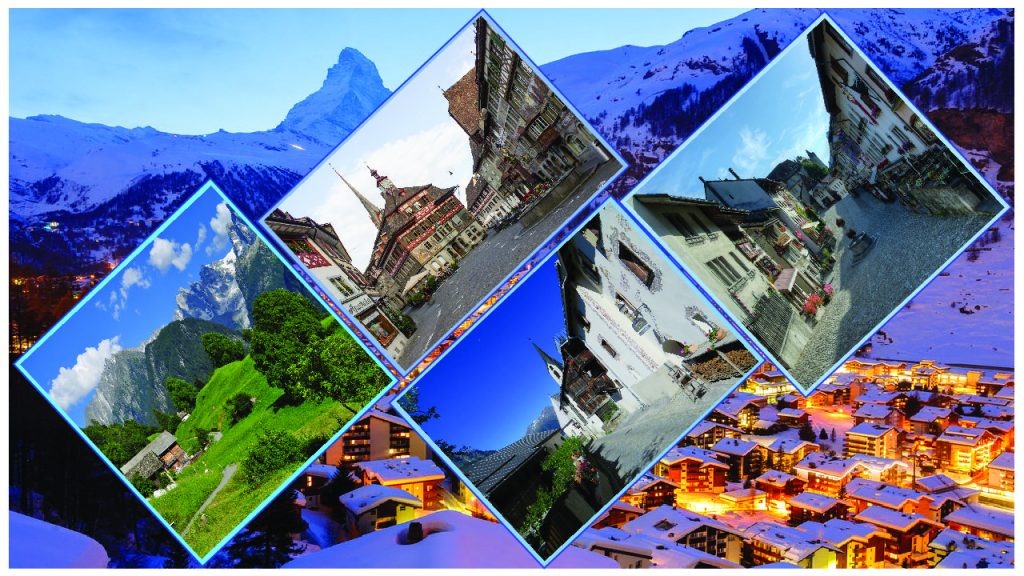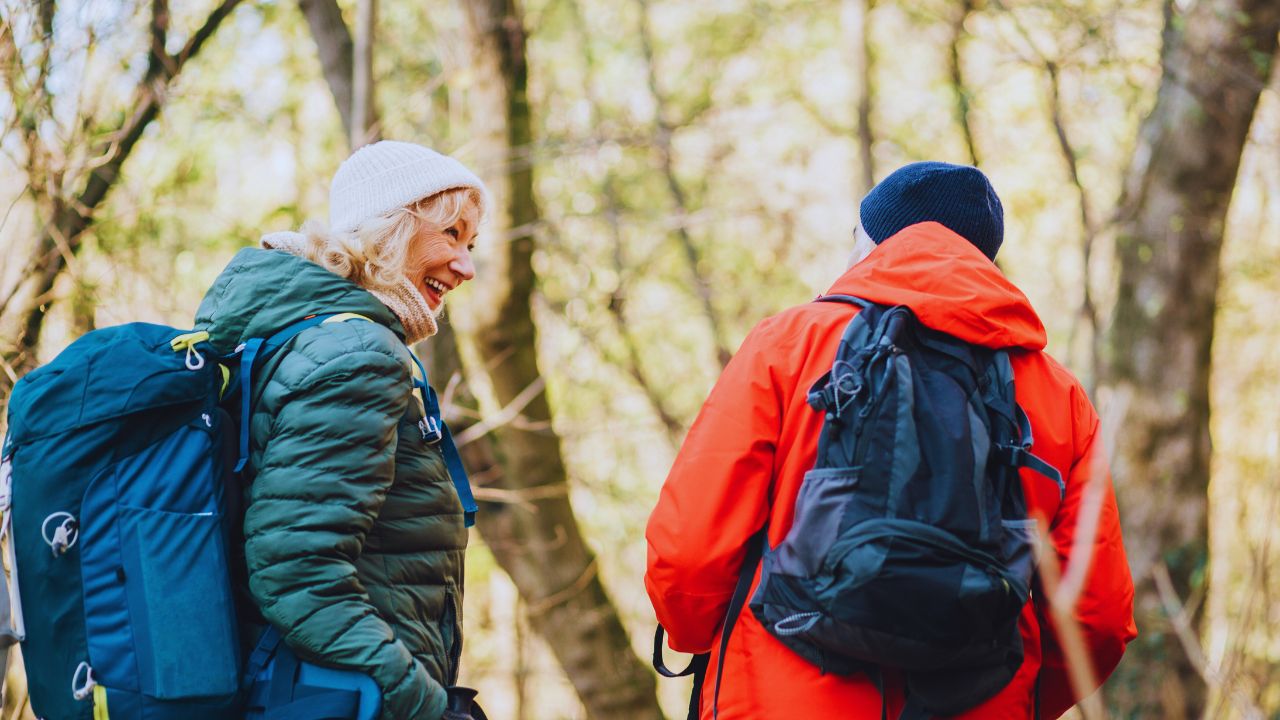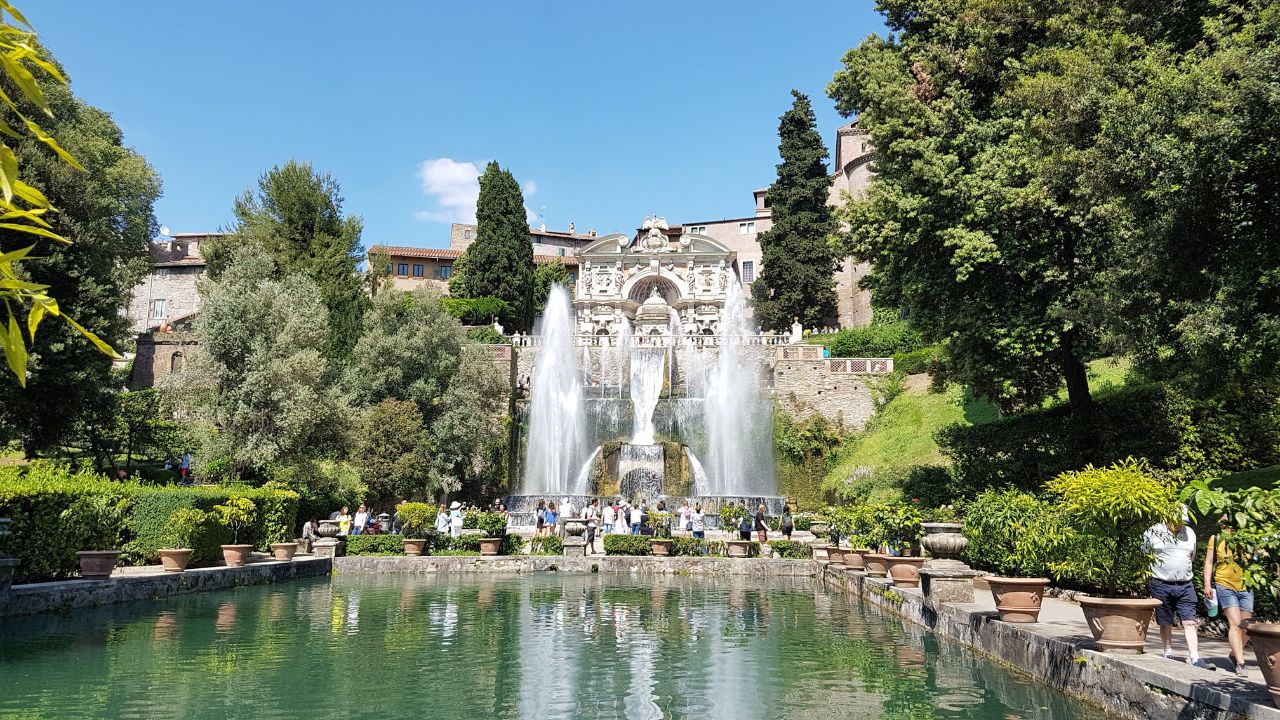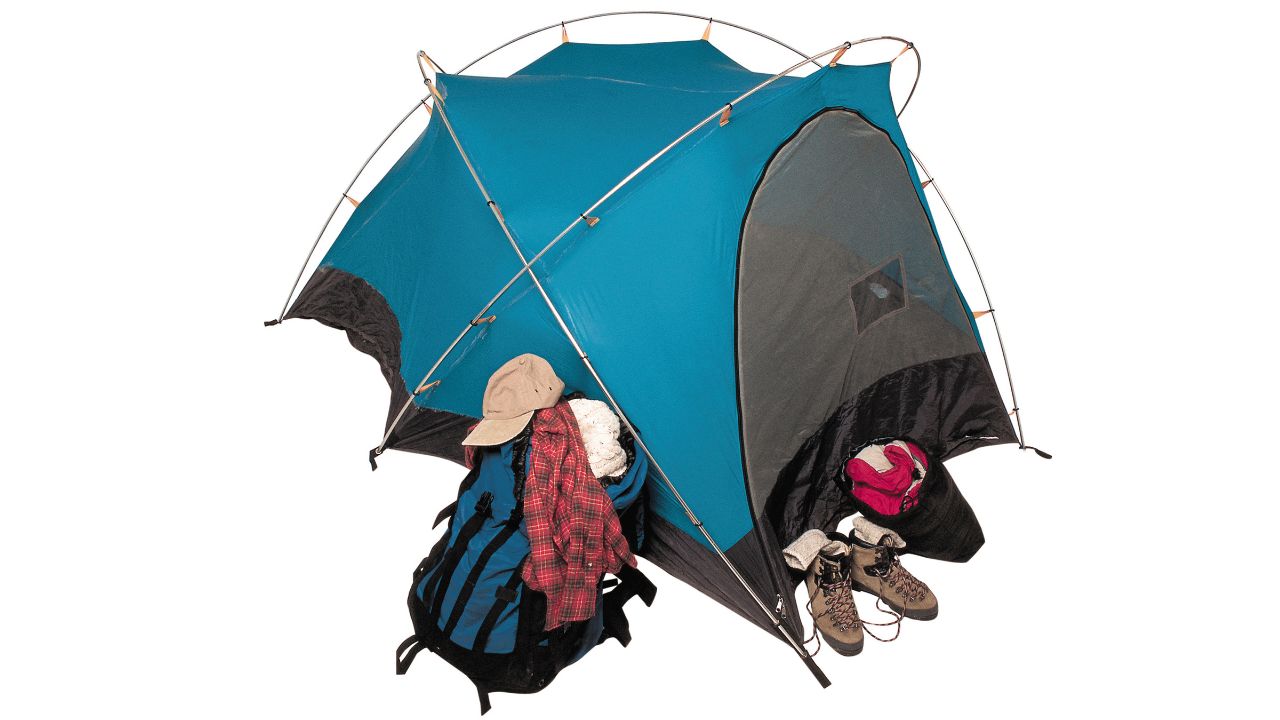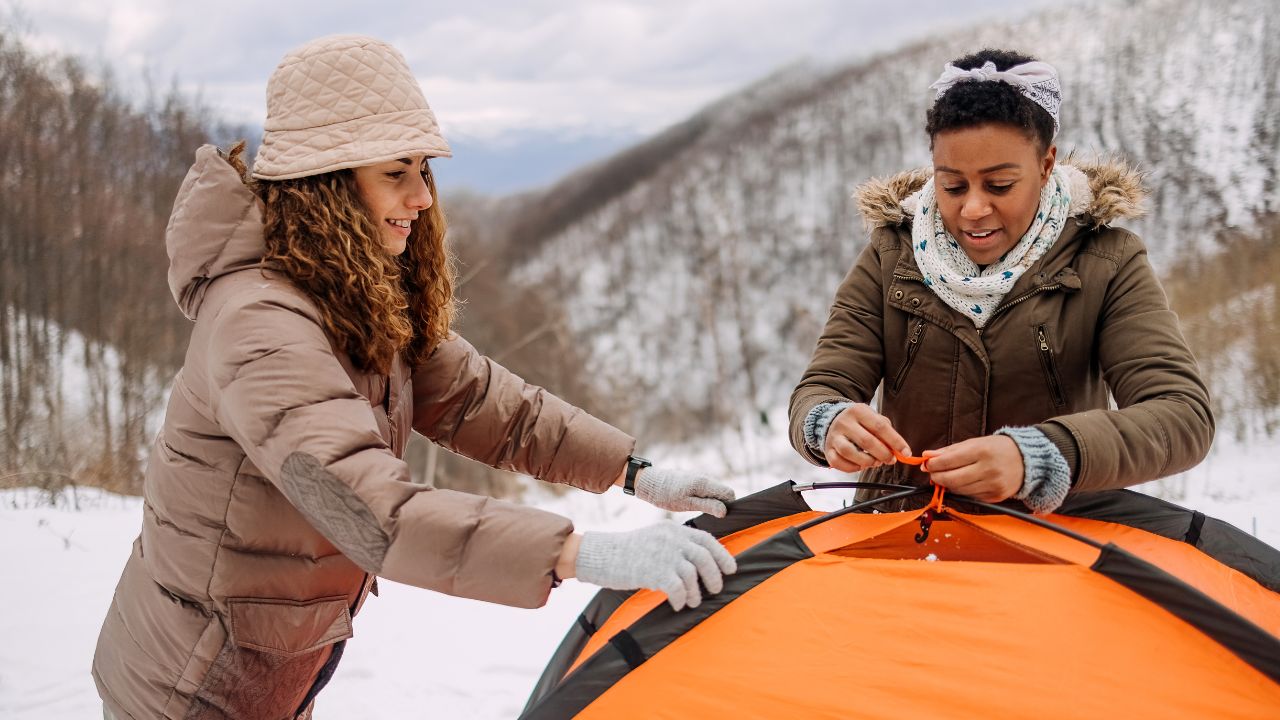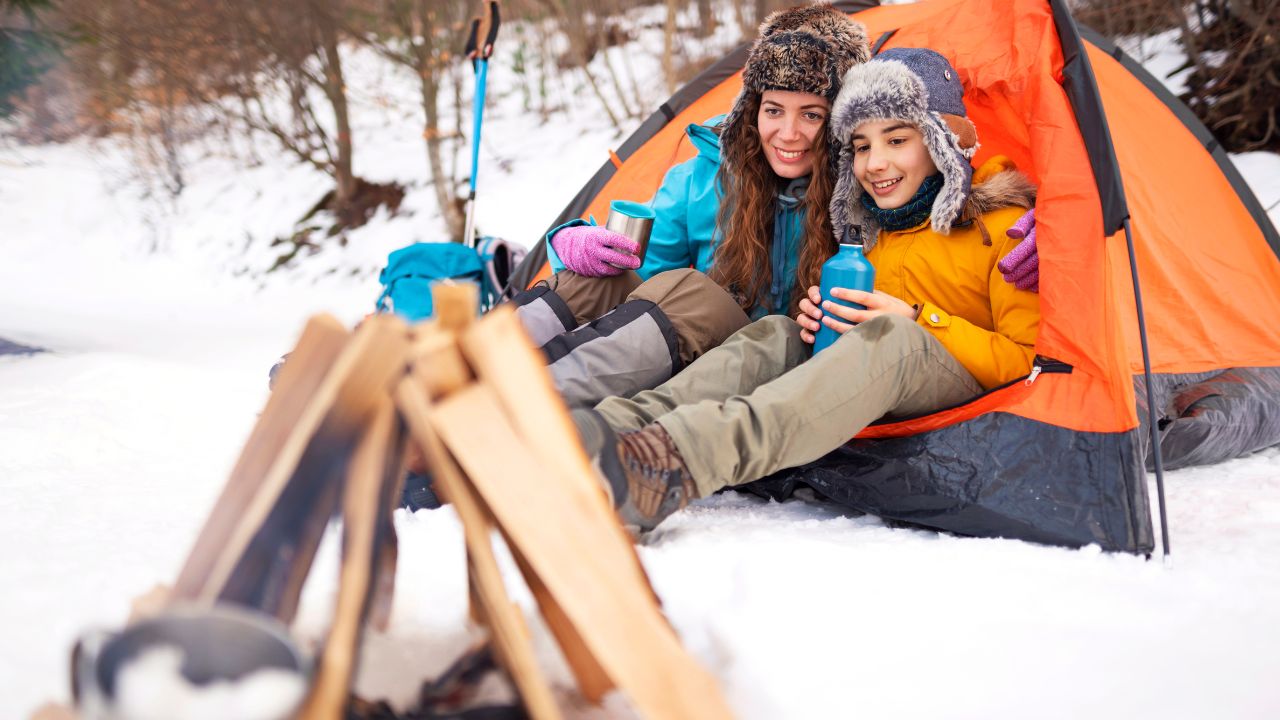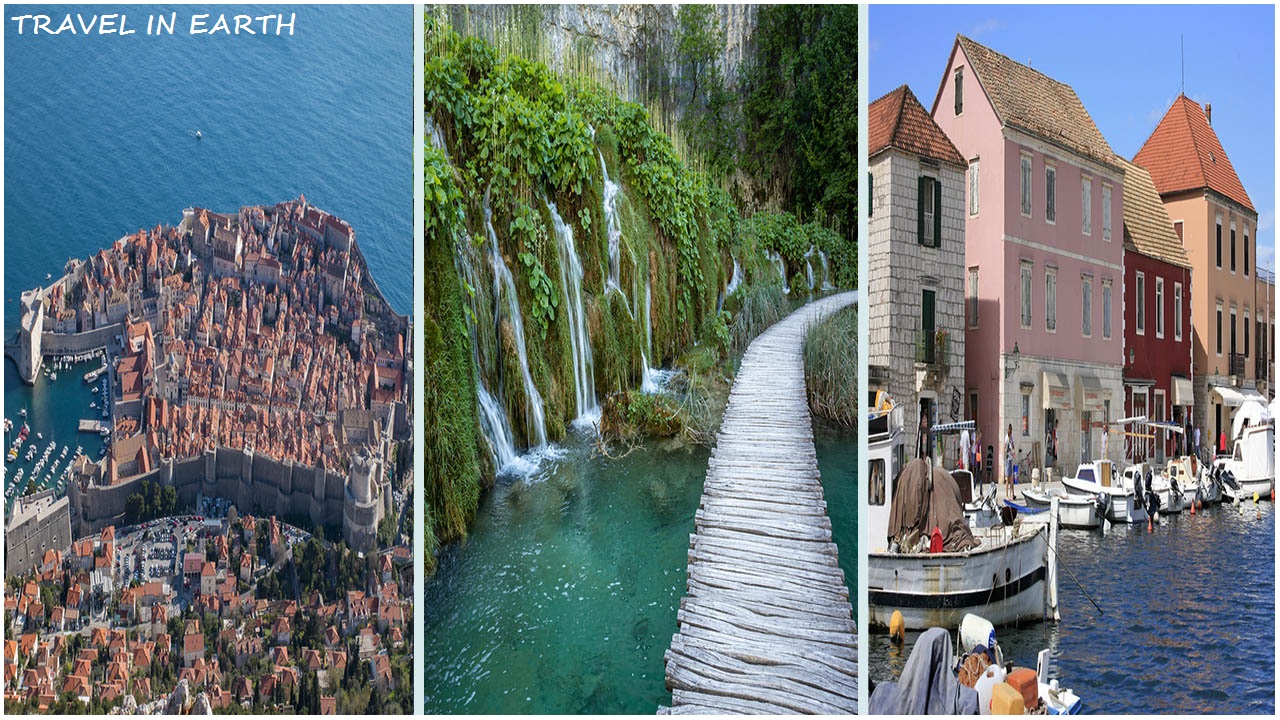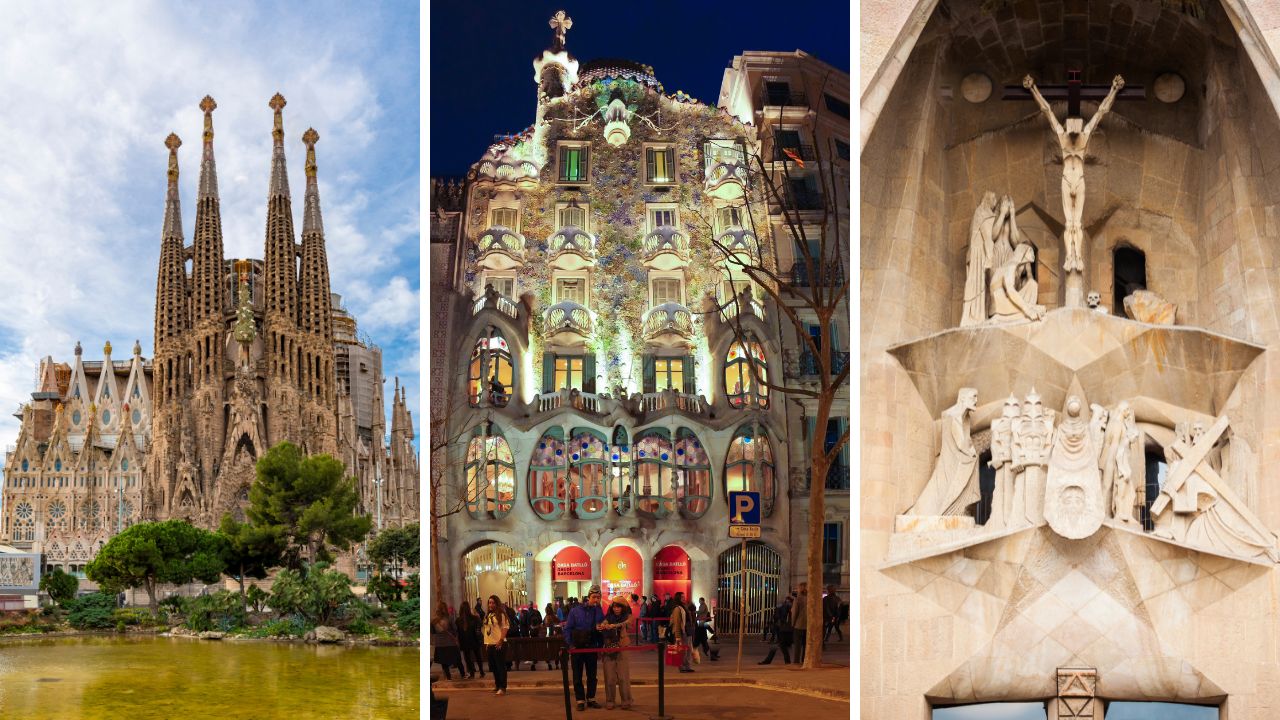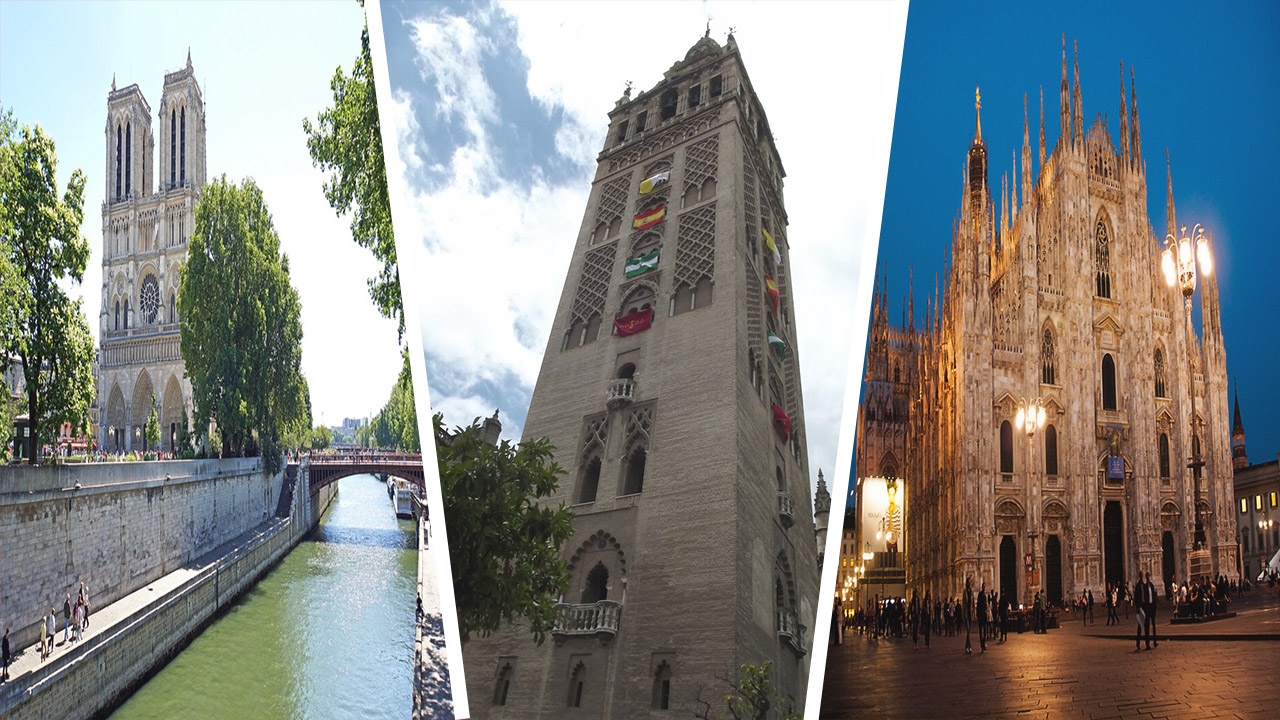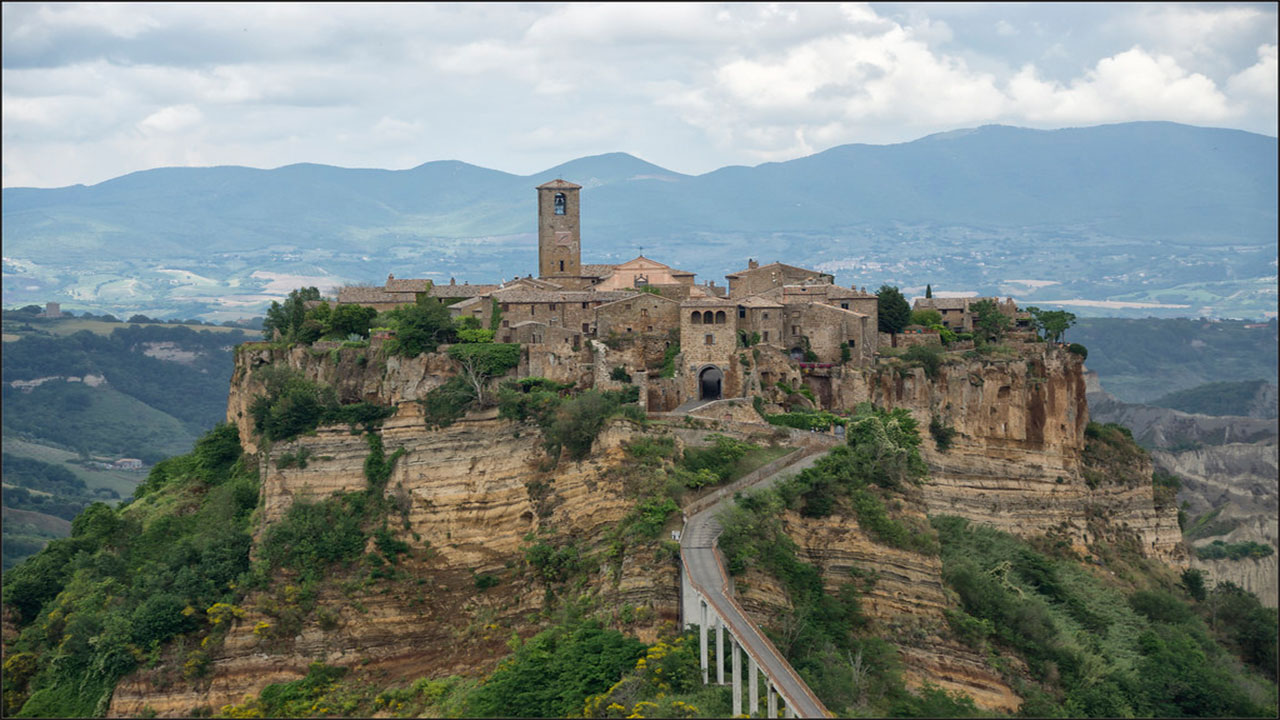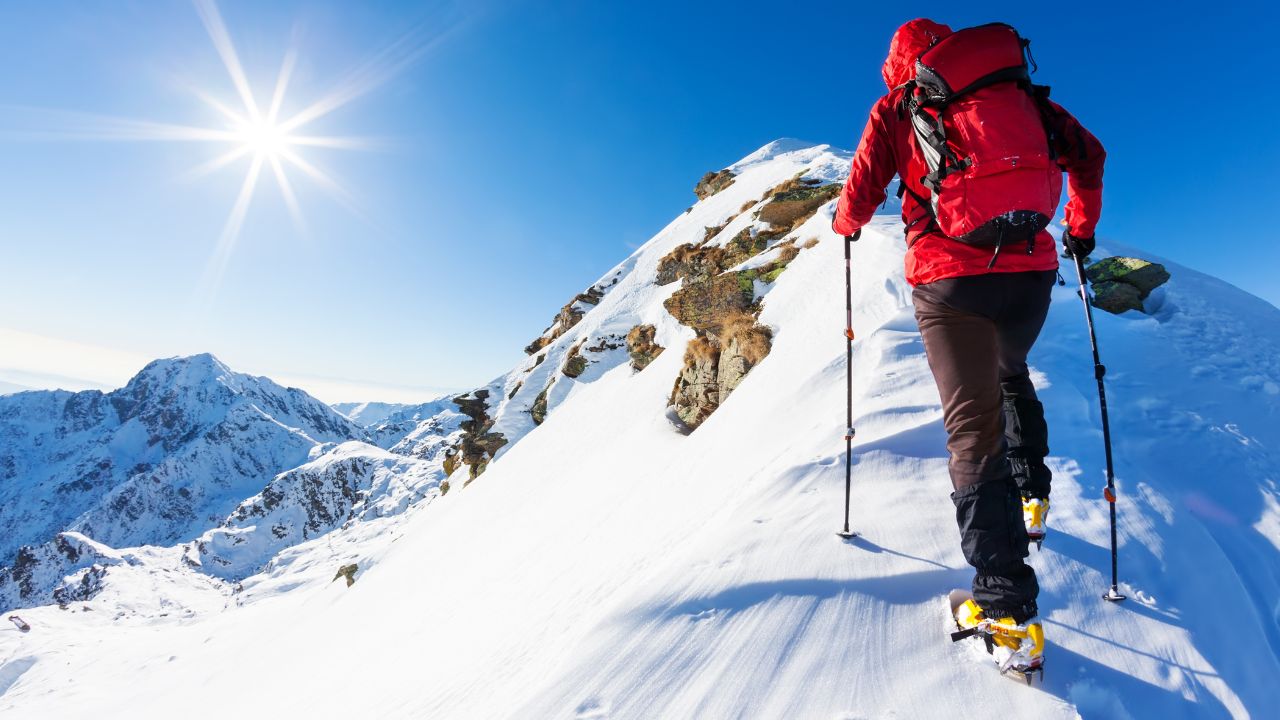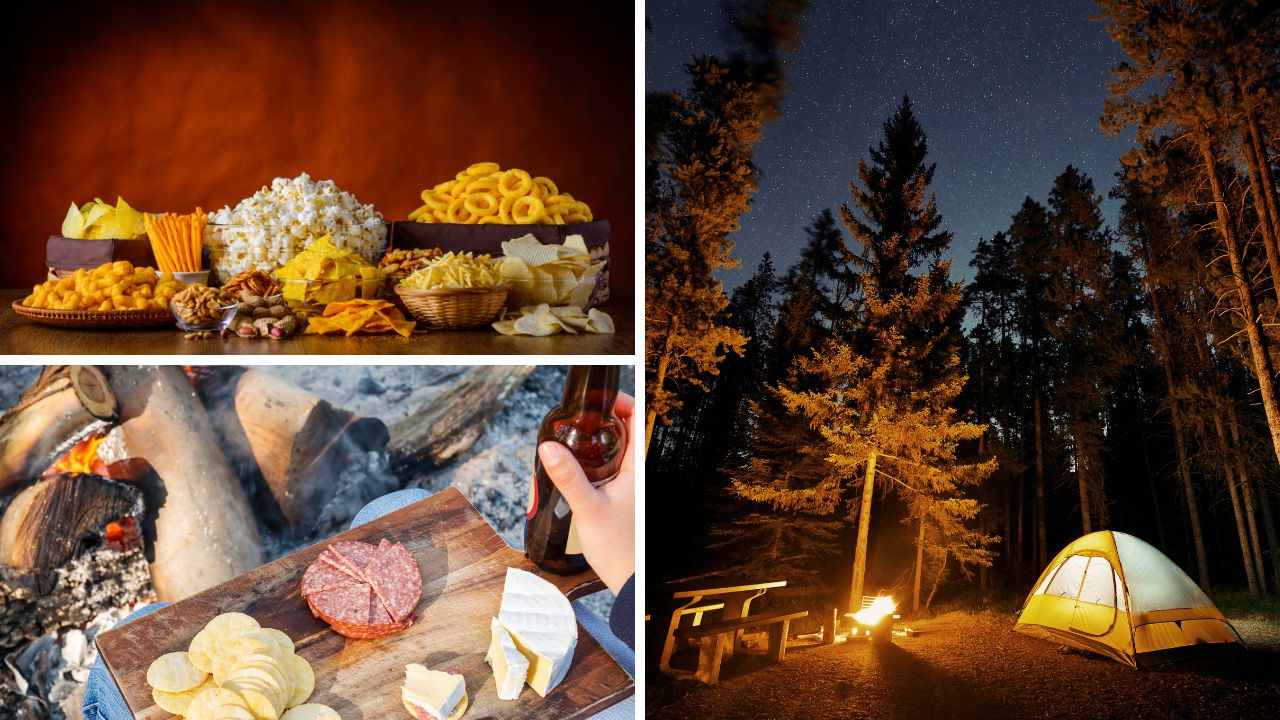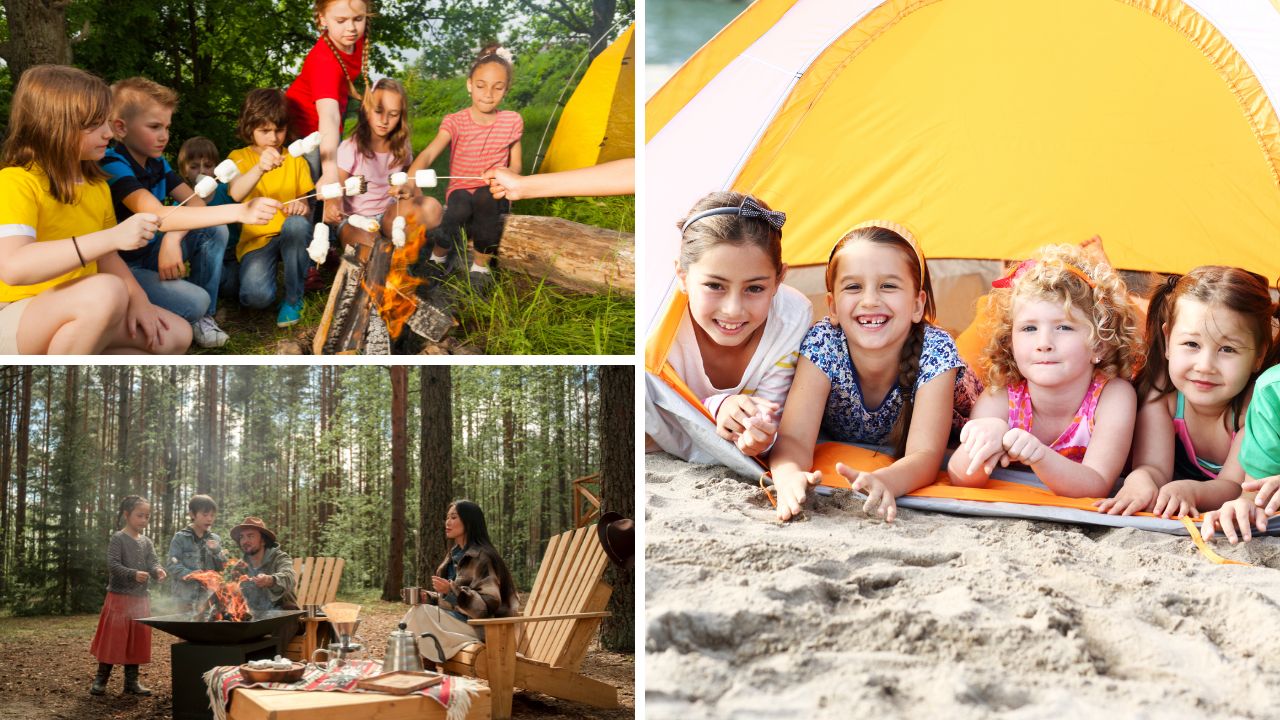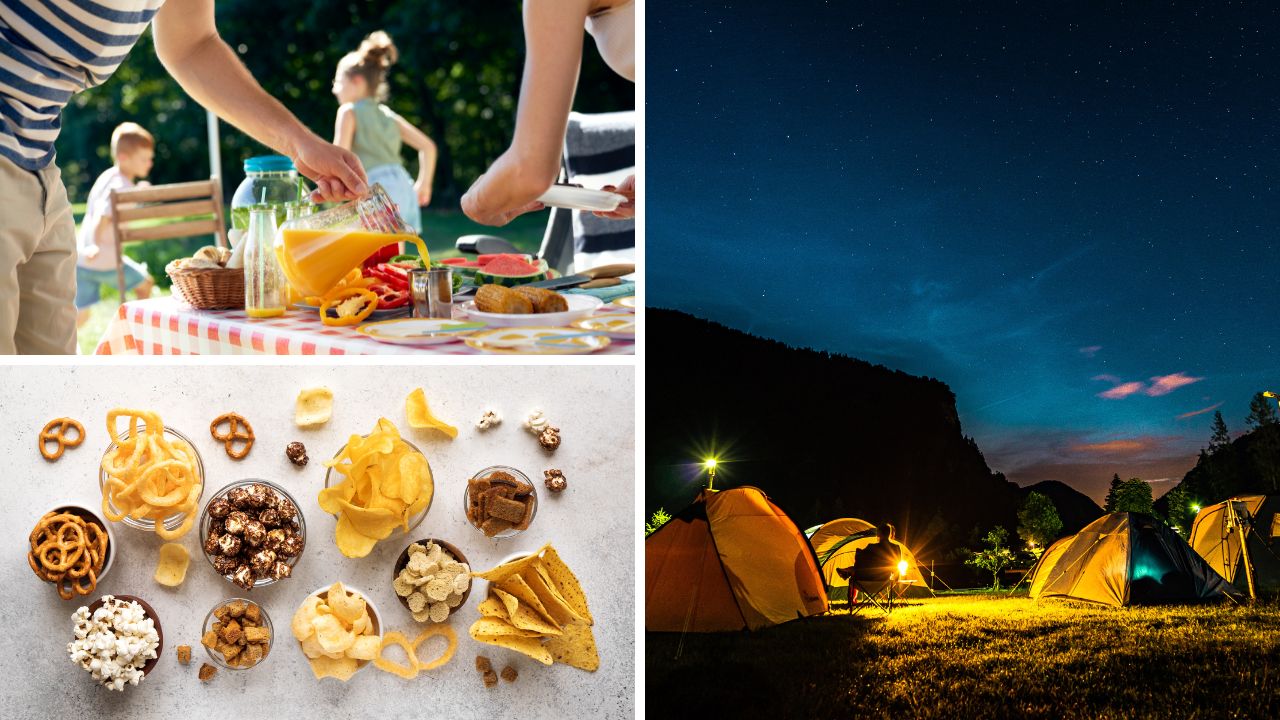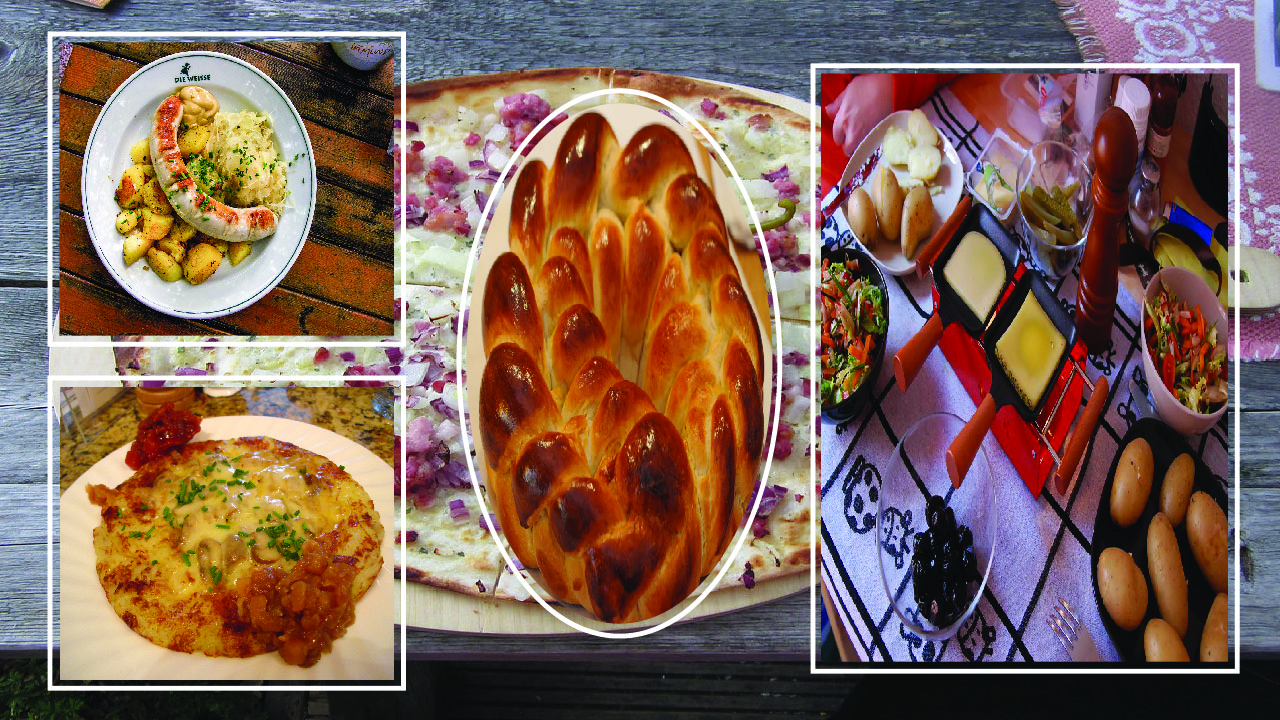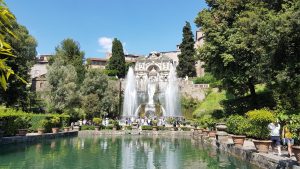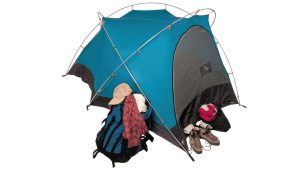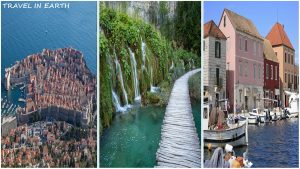Switzerland’s villages are like something out of a fairytale. With their well-preserved architecture, flower-adorned chalets, and breathtaking natural surroundings, these small communities capture the essence of Swiss beauty and tradition. From the French-speaking west to the German-speaking east, and from the Italian-influenced south to the heart of the Alps, Switzerland’s villages showcase the country’s diverse cultural heritage and stunning geography.
This article will guide you through ten most beautiful villages in Switzerland. We’ll explore their history, unique features, and what makes each one special. Whether you’re planning a trip to Switzerland or simply dreaming of Alpine beauty, this guide will introduce you to some of the country’s hidden gems.
1. Gruyères, Fribourg Canton
Our journey begins in the medieval village of Gruyères, located in the French-speaking part of Switzerland. This village is famous for its cheese of the same name and its well-preserved 13th-century castle.
Key Features:
- Population: About 2,000 inhabitants.
- Elevation: 830 meters (2,723 feet) above sea level.
- Main attraction: Gruyères Castle.
Gruyères sits atop a small hill, surrounded by the green Pre-Alps. Its cobblestone streets and medieval architecture transport visitors back in time. The village is car-free, adding to its peaceful atmosphere.
The Gruyères Castle, dating back to the 13th century, dominates the village skyline. Visitors can explore its rooms, which house collections of landscapes, portraits, and furniture from past centuries. The castle also offers panoramic views of the surrounding countryside.
Another unique attraction is the HR Giger Museum, dedicated to the Swiss artist known for his Oscar-winning visual effects in the movie “Alien.” This modern museum provides an intriguing contrast to the village’s medieval charm.
Gruyères is also a food lover’s paradise. La Maison du Gruyère allows visitors to witness the production of cheese, while local restaurants serve fondue or raclette. The village’s dairy heritage dates back to the 12th century, making it a must-visit for cheese enthusiasts.
2. Zermatt, Valais Canton
Next on our list is Zermatt, a car-free village famous for its views of the iconic Matterhorn peak.
Key Features:
- Population: About 5,800 permanent residents.
- Elevation: 1,620 meters (5,310 feet) above sea level.
- Main attraction: Views of the Matterhorn.
Zermatt is a year-round destination, popular with skiers in winter and hikers in summer. The village has managed to maintain its traditional charm despite its popularity, with narrow streets lined with wooden chalets and old barns.
Zermatt’s view of the Matterhorn, a world-famous mountain, is its most striking feature. The pyramid-shaped peak towers over the village at 4,478 meters (14,692 feet), providing a stunning backdrop for photos and outdoor activities.
For spectacular Alpine panoramas, visitors can take cable cars or the Gornergrat railway to viewing points. The village also offers a glimpse into mountaineering history at the Matterhorn Museum, which tells the story of Zermatt’s development from a poor farming village to a world-famous resort.
Despite its small size, Zermatt boasts excellent restaurants, including several with Michelin stars. The village is also known for its apres-ski scene and high-end shops.
3. Soglio, Graubünden Canton
Moving to the Italian-speaking part of Switzerland, we find Soglio, a tiny village that the painter Giovanni Segantini called “the gateway to paradise.”
Key Features:
- Population: About 160 inhabitants.
- Elevation: 1,090 meters (3,576 feet) above sea level.
- Main attraction: Palazzo Salis.
Perched on a sunny terrace above the Bregaglia Valley, Soglio offers stunning views of the Sciora Mountains. For centuries, the village’s stone houses, adorned with sgraffito decorations (a technique that involves scratching designs into plaster), have remained largely unchanged.
The centerpiece of Soglio is the Palazzo Salis, a grand 17th-century mansion that now serves as a hotel. Its baroque garden is a peaceful oasis with views of the mountains.
Soglio’s charm lies in its simplicity and unspoiled nature. Chestnut groves surround the village, and in autumn, the hillsides turn golden with foliage. The nearby Val Bregaglia is known for its excellent hiking trails.
Despite its small size, Soglio has a rich cultural heritage. The San Lorenzo village church dates back to the 13th century and contains beautiful frescoes. The local museum provides insights into the area’s history and traditions.
4. Mürren, Bern Canton
Mürren is a car-free village perched on a mountain terrace high above the Lauterbrunnen Valley.
Key Features:
- Population: About 450 permanent residents.
- Elevation: 1,650 meters (5,413 feet) above sea level.
- The Schilthorn summit and views of the Eiger, Mönch, and Jungfrau peaks are the main attractions.
Accessible only by cable car or train, Mürren offers a true escape into the Swiss Alps. The village is known for its traditional timber chalets and flower-bedecked balconies.
Mürren’s location provides spectacular views of the Eiger, Mönch, and Jungfrau, three of Switzerland’s most famous peaks. Visitors can take a cable car to the Schilthorn summit at 2,970 meters (9,744 feet), home to the revolving Piz Gloria restaurant featured in the James Bond film “On Her Majesty’s Secret Service.”
In winter, Mürren transforms into a ski resort with over 50 kilometers of pistes. Summer attracts hikers and paragliders, who come to enjoy the mountain scenery. The village also hosts the annual Inferno Race, the world’s longest downhill ski race.
Despite its small size, Mürren offers a range of amenities, including hotels, restaurants, and shops. The village has managed to retain its authentic charm while catering to international visitors.
5. Guarda, Graubünden Canton
Many people consider Guarda, a village in Switzerland’s Lower Engadine region, to be among the most beautiful.
Key Features:
- Population: About 150 inhabitants.
- Elevation: 1,653 meters (5,423 feet) above sea level.
- The main attraction is the well-preserved Engadine houses.
Guarda is known for its perfectly preserved Engadine houses, characterized by thick walls, small windows, and decorative sgraffito. Many of these houses date back to the 17th century, giving the village a timeless feel.
The village is car-free, with parking available at the entrance. Visitors can wander through narrow cobblestone streets, admiring the beautiful architecture and colorful flower boxes that adorn many homes.
Guarda was the inspiration for the children’s book “Schellenursli” by Selina Chönz, a classic of Swiss literature. The village celebrates this connection with an annual festival and a themed trail for children.
The surrounding area offers excellent hiking opportunities, including trails to the nearby Piz Buin mountain. In winter, cross-country skiing trails attract outdoor enthusiasts.
Despite its small size, Guarda has several restaurants serving traditional Engadine cuisine. The village also has a small museum showcasing local history and culture.
6. Lauterbrunnen, Bern Canton
Lauterbrunnen, meaning “many fountains,” is known for its 72 waterfalls and dramatic cliff faces.
Key Features:
- Population: About 2,400 inhabitants.
- Elevation: 795 meters (2,608 feet) above sea level.
- Main attraction: Staubbach Falls.
Lauterbrunnen sits in a deep valley carved by glaciers, with towering limestone cliffs on either side. The most famous of its waterfalls is Staubbach Falls, which drops 300 meters (984 feet) from the valley rim.
The village serves as a gateway to the Jungfrau region, with cable cars and trains connecting to higher villages like Wengen and Mürren. Its location makes it an ideal base for exploring the Bernese Oberland.
Lauterbrunnen’s traditional Swiss chalets, with their dark wooden exteriors and flower-filled window boxes, create a picturesque scene against the backdrop of the Alps. The village church, with its pointed spire, adds to the postcard-perfect views.
In addition to sightseeing, Lauterbrunnen offers opportunities for adventure sports like base jumping and paragliding. The surrounding area is popular for hiking in summer and skiing in winter.
The village has a range of accommodations, from camping sites to hotels, as well as restaurants serving Swiss and international cuisine. Despite its popularity with tourists, Lauterbrunnen maintains a peaceful atmosphere, especially in the evenings when day-trippers have left.
7. Binn, Valais Canton
Binn is a hidden gem in the Binn Valley, known for its mineral finds and unspoiled nature.
Key Features:
- Population: About 140 inhabitants.
- Elevation: 1,400 meters (4,593 feet) above sea level.
- Main attractions: mineral deposits, Binn Valley Nature Park.
Binn is located in a remote valley that was only accessible by foot until the 1960s. This isolation has helped preserve its traditional architecture and way of life. The village is characterized by dark wooden houses and barns, some dating back to the 16th century.
The Binn Valley is famous among geologists and mineral collectors for its diverse mineral deposits. Visitors can learn about this geological wealth at the local museum or even try their hand at mineral hunting on guided tours.
The Binn Valley Nature Park surrounds the village and provides excellent hiking opportunities. The park is home to diverse flora and fauna, including rare alpine plants and animals like ibex and golden eagles.
Despite its small size, Binn has a few restaurants serving local specialties. The village is particularly known for its organic produce and dairy products from local alpine pastures.
Binn’s remote location and limited development make it an ideal destination for those seeking peace and unspoiled natural beauty. The village offers a glimpse into traditional Alpine life that has largely disappeared from more touristy areas.
8. Spiez, Bern Canton
Spiez, located on the shores of Lake Thun, offers a perfect blend of lakeside charm and mountain views.
Key Features:
- Population: About 12,500 inhabitants.
- Elevation: 558 meters (1,831 feet) above sea level.
- Main attraction: Spiez Castle and marina.
While Spiez is larger than some of the other villages on this list, it maintains a village-like atmosphere, particularly in its old town center. Spiez Castle, a medieval fortress with origins dating back to the 8th century, dominates the village.
Spiez’s location on Lake Thun provides stunning views of the surrounding mountains, including the famous trio of Eiger, Mönch, and Jungfrau. Travel brochures often feature the village’s picturesque marina with its colorful boats and lakeside promenade.
The village is well-known for wine production, with vineyards dating back to the 11th century. Visitors can taste local wines in several cellars or enjoy them at restaurants overlooking the lake.
Spiez offers a range of outdoor activities, from swimming and sailing on the lake to hiking in the nearby mountains. The Niederhorn, accessible by cable car, provides panoramic views of the Alps and lakes.
The village has excellent transport connections, making it an ideal base for exploring the Bernese Oberland. Despite its amenities and accessibility, Spiez maintains a relaxed, small-town feel that charms visitors.
9. Stein am Rhein, Schaffhausen Canton
Stein am Rhein, located where Lake Constance narrows to become the Rhine River, is known for its well-preserved medieval old town.
Key Features:
- Population: About 3,400 inhabitants.
- Elevation: 405 meters (1,329 feet) above sea level.
- Main attraction: painted building facades in the old town.
The highlight of Stein am Rhein is its Rathausplatz (Town Hall Square), surrounded by beautifully painted building facades. These intricate frescos, dating from the Renaissance period, depict historical and allegorical scenes.
Due to its strategic location, the village prospered in the Middle Ages and preserved much of its medieval architecture. The Hohenklingen Castle, perched on a hill above the village, offers panoramic views of the surrounding area.
Stein am Rhein is also home to the former Benedictine monastery of St. Georgen, now a museum showcasing the area’s cultural history. The village’s location on the Rhine makes it popular for boat trips and riverside walks.
Despite its historical significance, Stein am Rhein maintains a lively atmosphere with cafes, restaurants, and shops lining its narrow streets. The village hosts several festivals throughout the year, including a medieval festival in August.
The surrounding area provides opportunities for cycling and hiking, with trails running along the Rhine and into the nearby hills. Stein am Rhein’s blend of history, culture, and natural beauty makes it a must-visit destination in northern Switzerland.
10. Wengen, Bern Canton
Our final village is Wengen, a car-free resort village in the Bernese Oberland.
Key Features:
- Population: About 1,300 permanent residents.
- Elevation: 1,274 meters (4,180 feet) above sea level.
- Views of the Lauterbrunnen Valley and access to the Jungfrau region are the main attractions.
Wengen is accessible only by cog railway, adding to its charm and tranquility. The village offers stunning views of the Lauterbrunnen Valley and the surrounding Alps, including the famous Jungfrau peak.
Wengen, known primarily as a ski resort, hosts the annual Lauberhorn race, one of the world’s oldest and longest downhill ski races. In summer, the village becomes a base for hikers exploring the extensive trail network of the Jungfrau region.
Wengen’s architecture is typical of the Bernese Oberland, with wooden chalets adorned with carved balconies and colorful flower boxes. The village has retained its traditional charm despite its popularity with tourists.
The village offers a range of amenities, including hotels, restaurants, and shops. Its car-free status makes it particularly appealing to families and those seeking a peaceful mountain retreat.
Wengen’s location provides quick access to nearby attractions like the Jungfraujoch (often called the “Top of Europe”) and the Schilthorn. The village also has its own attractions, including an outdoor ice rink in winter and tennis courts in summer.
Conclusion
Most Beautiful Villages in Switzerland offer a unique blend of natural beauty, cultural heritage, and outdoor activities. From the medieval charm of Gruyères to the Alpine splendor of Zermatt, each village on this list has its own distinct character and appeal.
These villages showcase the diversity of Switzerland’s landscapes and cultures, from the French-influenced west to the Italian-tinged south, and from lakeside communities to high mountain retreats. They offer visitors a chance to step back in time, experience traditional Swiss life, and enjoy some of the most breathtaking scenery in Europe.
Whether you’re interested in history, outdoor activities, or simply soaking in beautiful views, Switzerland’s villages have something to offer. They provide a perfect counterpoint to the country’s more famous cities, allowing visitors to experience the quieter, more traditional side of Swiss life.
As you plan your Swiss adventure, consider including one or more of these charming villages in your itinerary. Each offers a unique window into the heart and soul of Switzerland, promising memories that will last a lifetime.

